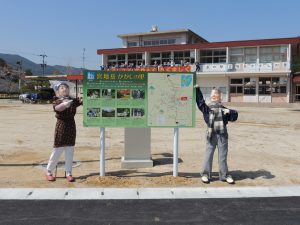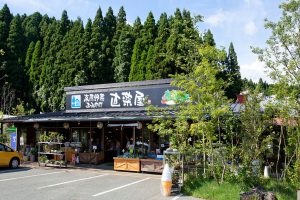Roadside Station Kunimi
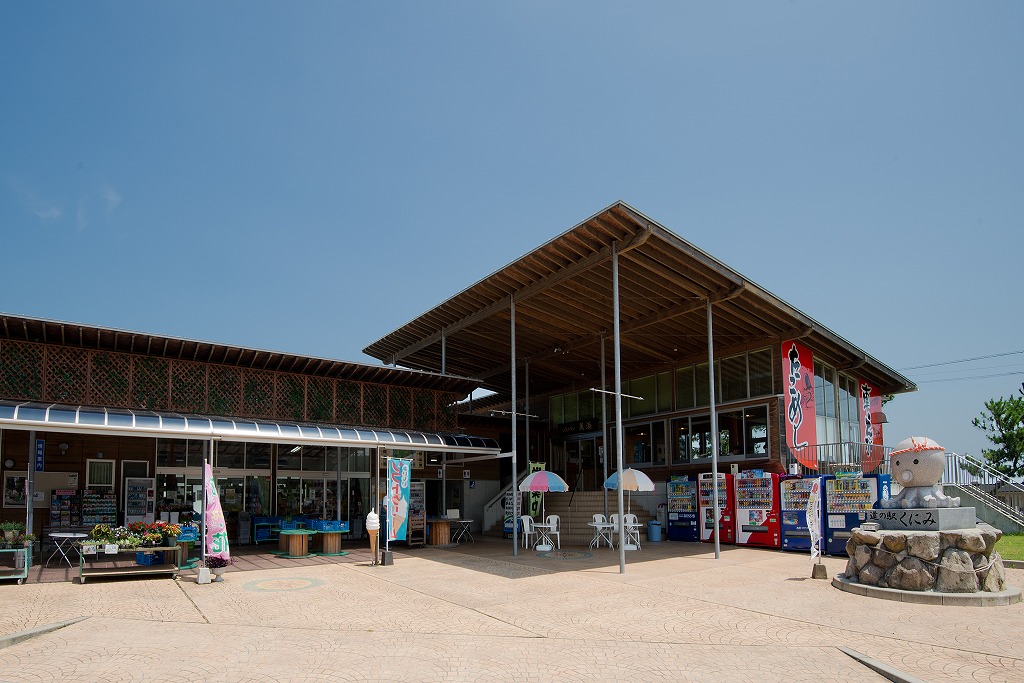
Index
An octopus objet d'art welcomes you.
A bounty of the sea from Kunitachi
Located on the seashore at the northern tip of Kunisaki Peninsula, at the entrance to Gongenzaki Campground and Kunimi Seaside Park. Kunisaki Hime-dako," a very thick-legged octopus, and seafood such as tiger prawns, hijiki, and swordfish farmed on Himejima Island, which can be seen on the opposite shore, are the specialties of the area. The area also offers a variety of agricultural products such as Onshu mandarins and shiitake mushrooms. The processed products include "takomeshi no moto" made from Kunisaki hime-dako (octopus roe), which is so popular that production cannot keep up with the demand. It is handmade by a family of fishermen, and the warmth of the product can be felt. The restaurant also serves octopus rice, tiger shrimp tempura rice bowl, and other dishes.
Roadside Station Kunimi Basic Information
| Location | 4252-1, Imi, Kunimi-machi, Kunito-shi, Oita |
|---|---|
| Phone number | 0978-89-7117<br> 0978-89-7055 (restaurant direct) |
| Business Hours | 9:00-17:00 Restaurant 11:00-15:00 (LO 14:30) Saturdays, Sundays and holidays 11:00-16:00 (LO 15:30) |
| Access | 50 minutes from the Usa IC of the Higashi-Kyushu Expressway |
Map of Roadside Station Kunimi
Gourmet Information of Roadside Station Kunimi
Local specialty: Kunisaki Hime-dako (octopus)
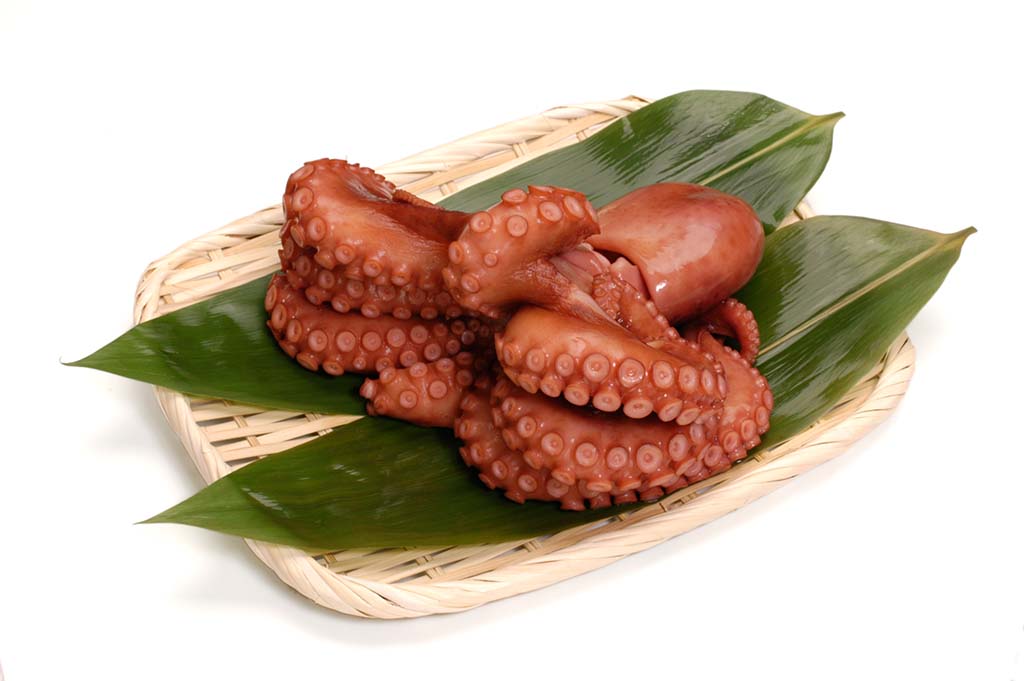
The currents off the east coast of the Kunisaki Peninsula facing the Iyo-nada Sea are very strong. The octopus that grows in the currents naturally has firm flesh and short, thick legs. The annual catch of octopus from the octopus pot fisheries is over 500 tons. The local people call them "Kunisaki Hime-dako" (Kunisaki princess octopus). Although the legs are thick and short, the taste is excellent. They are plump and elastic, and the more they are chewed, the more flavorful they become. In the Kunisaki Peninsula, people love octopus rice as a local dish. The octopus has eight legs. The "eight" in the shape of a tail is also said to bring good luck.
Himejima Kurumaebi, a local specialty

On the small offshore island of Himejima, the cultivation of tiger prawns began in 1965 as the island's core industry. The island's production is one of the largest and most productive in Japan as a result of repeated trial-and-error efforts to thoroughly prepare the growing environment and feed. The island now holds the "Himejima Kurumaebi Festival" every October.
Around Roadside Station Kunimi
Niou statue at the site of the former Sentouji Temple
If you want to have fun in the area
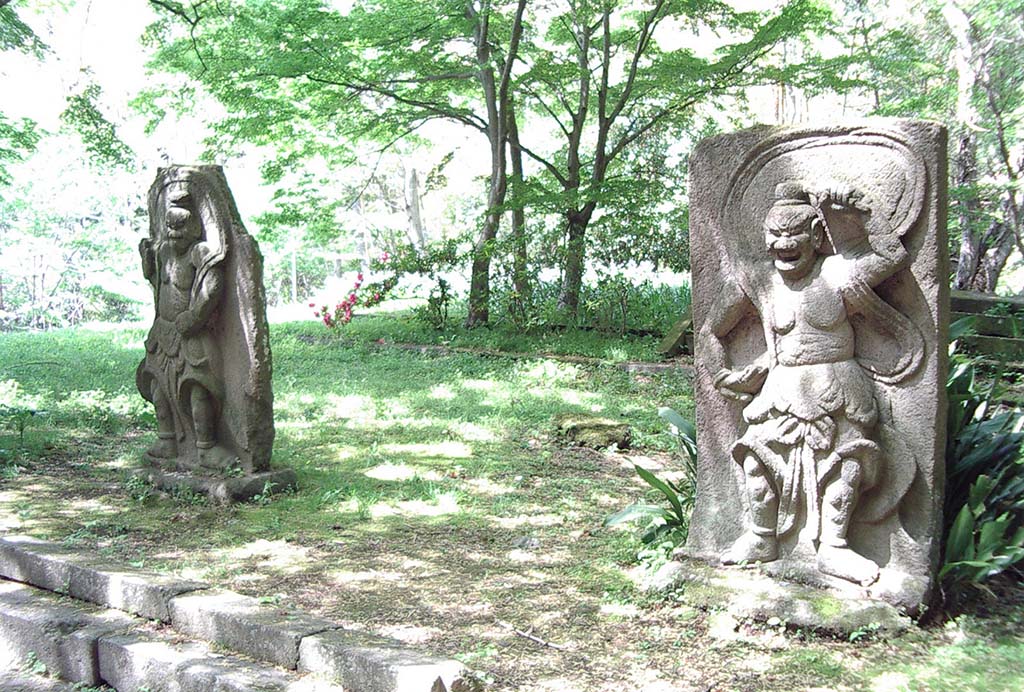
Sento-ji Temple is said to have been the first temple founded by Nimon (Nimon Bosatsu) in 718 among the Rikko-Mansan temples. The name of the mountain is Mount Fudaraku. It is also said to be the place of Nimmon's death. It once flourished as the main temple of Rokugomansan and was also called "Koyasan in the west. However, it was burnt down by Otomo Sorin during the Tempo period (1568-1568), and its large temple buildings were destroyed by fire. The temple was rebuilt during the Bunroku period (1592-1591), but it is said that it never regained its former glory. The temple was rebuilt during the Bunroku period (1588-1591), but never regained its former glory. The current Sento-ji was relocated to the foot of the mountain in the early Showa period. A pair of Nio statues stands on the ruins of the gomado hall at the site of the former Sento-ji. The Nio statues are rare in that they are carved out of a single monolith. In the inner sanctuary, a statue of the Thousand-armed Avalokitesvara Bodhisattva is enshrined.

